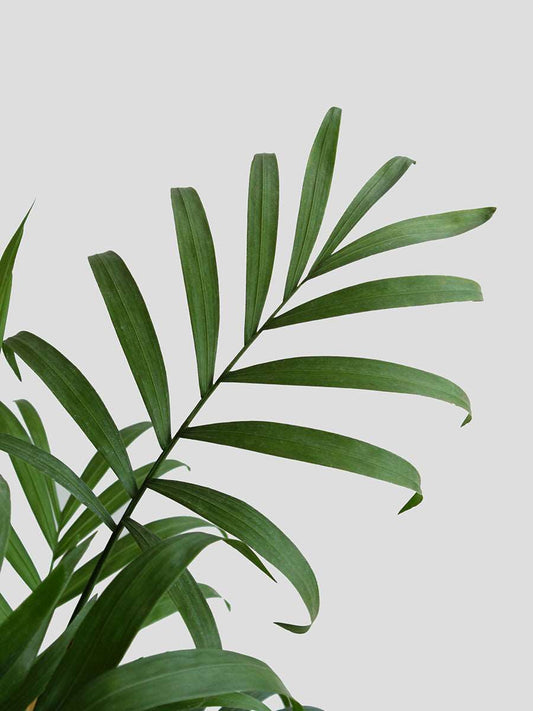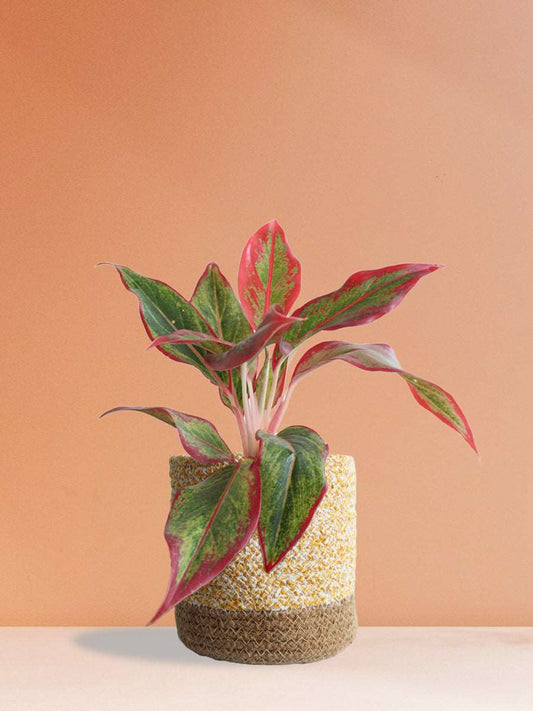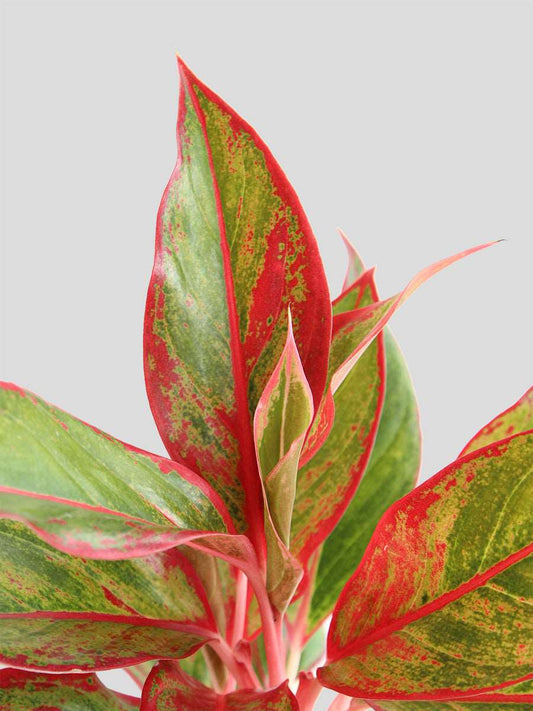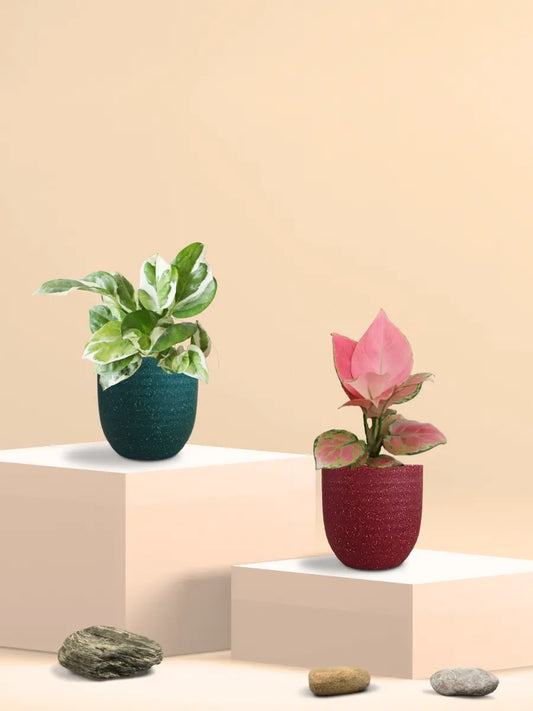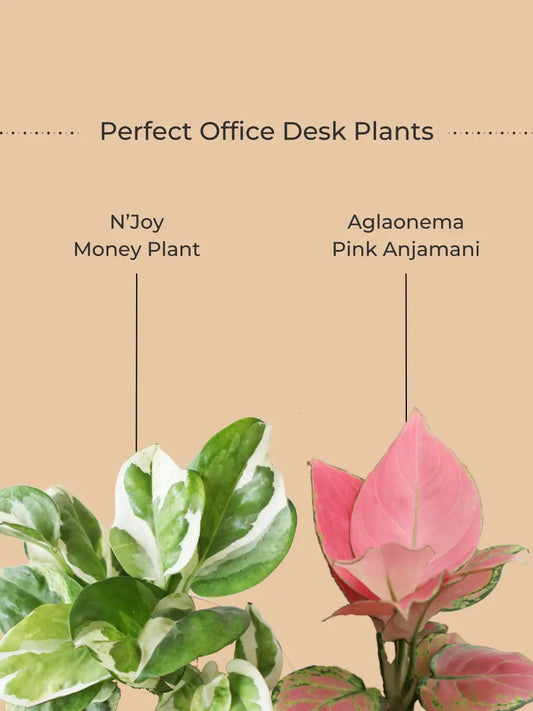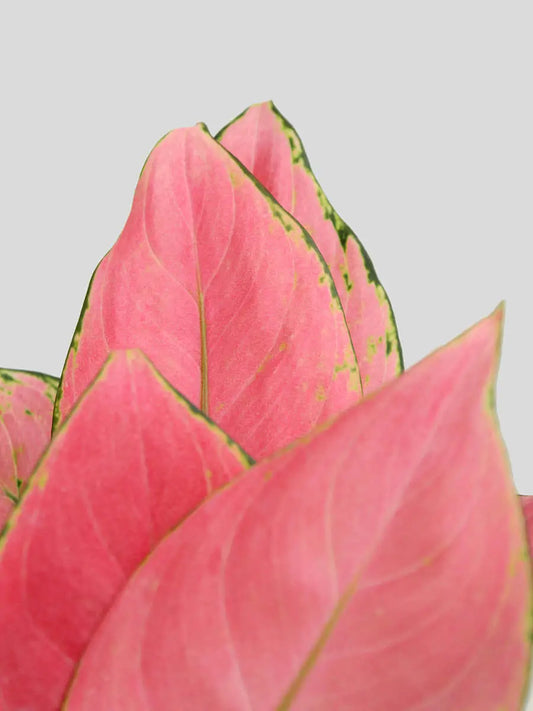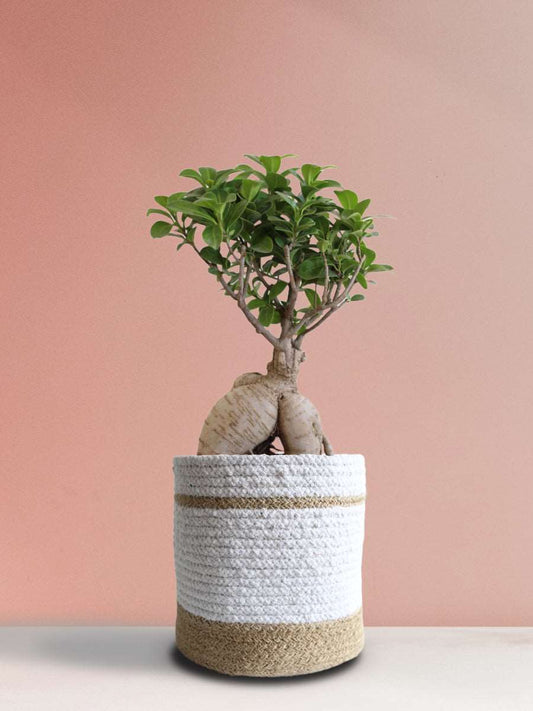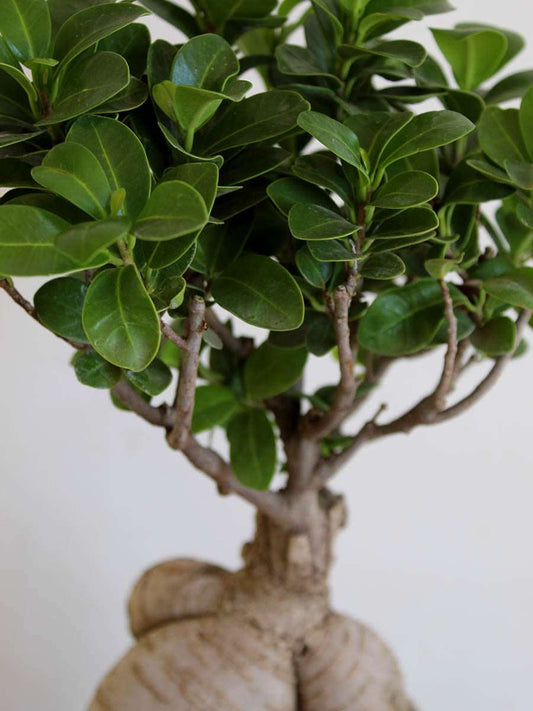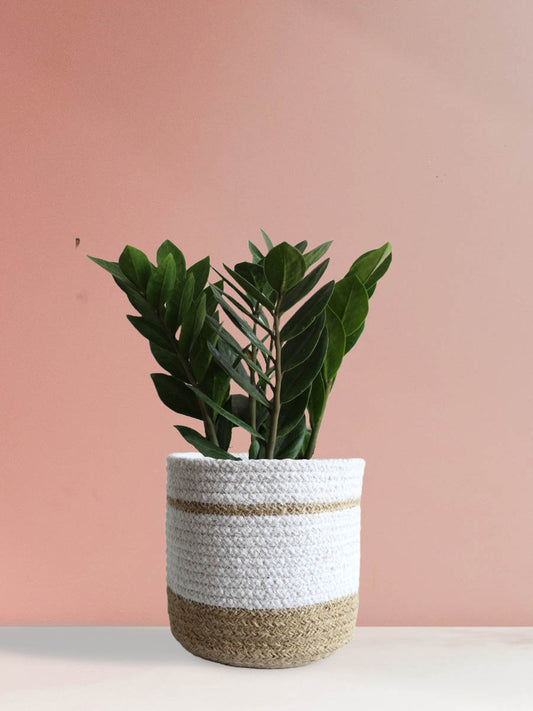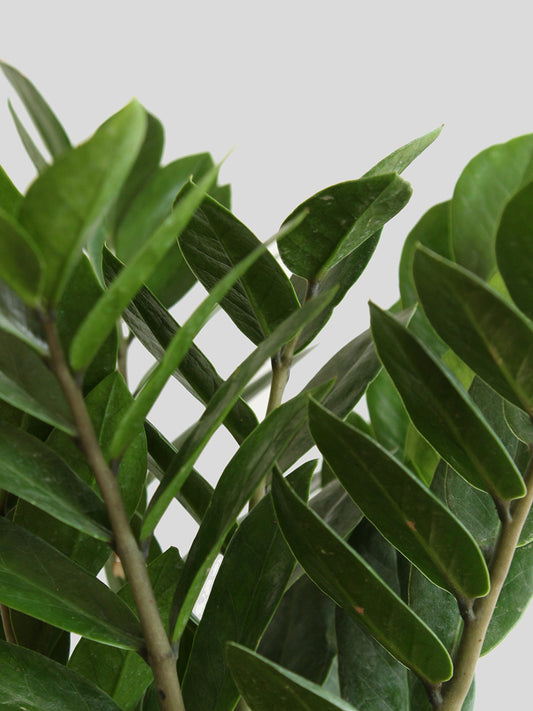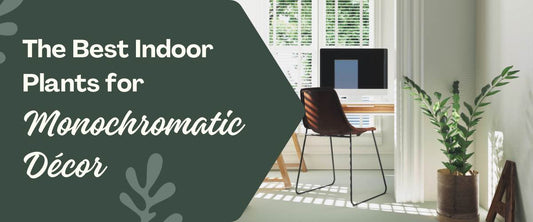Ultimate Guide to Balsam Plant ( Touch-Me-Not Plant)
"Balsam plant" is a quite wide term used for referring to several types of plants. Here we are talking about the Impatiens balsamina (Garden Balsam). Known for bearing beautiful and attractive flowers, the Impatiens balsamina is known to be of immense ornamental importance.
Impatiens balsamina is commonly known as the Balsam plant. The Balsam plant bears annual flowering plant and it is a member of the Balsaminaceae family. A native to South Asia, Impatiens balsamina is thoroughly cultivated throughout several other regions, where it has been naturalised. Read on to find out more about the Balsam plant.
What Is Balsam Plant

The Balsam Plant or The Touch-me-not plant is commonly called Impatiens balsamina. It is a species of flowering plant. It is also commonly known as the garden balsam plant or simply balsam plant.
How to Grow the Balsam Plant?

When it comes to Propagating the balsam plant, it is easy to do with both seeds and stem cuttings. Both of the methods work to grow a new balsam plant from an existing one.
Here is a step by step guide that will help you propagate your balsam plants:
1. Propagation from Seeds:
Materials Required for propagation:
- Balsam seeds
- A Seed-starting mix
- Plastic wrap or a clear plastic dome
Here are the steps that you will need to follow.
- Collect the Seed pods from a healthy plant and allow the seed pods to brown until they turn brown in colour.
- Harvest the seeds from the pods.
- Fill the Small Pot with a seed starting mix.
- Sow the seeds on the soil surface while lightly pressing them inside the mix bed.
- Avoid covering the seeds with soil as the seeds will require light to germinate at this stage.
- Mist the surface of the plant as and when required, and cover the pots with the plastic wrap to create humid conditions.
- Allow the seeds to germinate for 1-2 weeks while placing the pot in indirect sunlight.
- Transplant the seedlings into larger pots when the plant has fully matured.
2. Propagation from Cuttings:
Materials Required for propagation:
- A Healthy mature balsam plant
- Clean, and sharp scissors.
- Potting mix
- Small pots
Here are the steps that you will need to follow.
- Select a healthy, mature plant and nip out a non-flowering stem as cuttings. Ideally , the stem should be 4-6 inches in length placed below a leaf node.
- Remove leaves or any flowers from the stem
- Plant the cuttings in a pot filled with a well-draining potting mix.
- Provide Water to the cuttings thoroughly and mist them. Cover the plant with a plastic bag.
- To allow the Balsam cuttings to root, keep the plants in indirect sunlight.
- After the cuttings have matured, transfer them into larger pots.
Also Read: How to Grow a sensory Garden for your Kids
How to Care for Balsam Plant

Caring for the balsam plant will require you to provide the plant with optimal growing conditions such as with respect to regular watering, fertilisation, and maintenance of the balsam plant. Here are a few pointers and tips to keep in mind while caring for the touch me not or balsam plant:
- Sunlight Requirements
- Selection of the Soil
- Watering Frequency
- Fertilisation Schedule
- Mulching and Pruning
Tips to Care for Balsam Plant
- Sunlight Requirements: Balsam plants prefer partial shade to full sun. It can tolerate some morning sunlight but avoid intense afternoon sunlight to keep the plant happy and thriving. If the plant is kept indoors, place the plant in indirect sunlight, the plant does not like shade.
- Selection of the Soil: Maintain the pH of the soil you are using to grow your balsam plant in around neutral or slightly acidic. Also keep in mind that you are using a pot with drainage holes to prevent root rot and select a well-draining, fertile soil mix for your balsam plant.
- Watering Frequency: It is important to keep the soil moist as the balsam plant prefers slightly moist conditions. Water as and when the top inch of soil feels dry. Prevent letting the soil dry out completely. Avoid under watering as it will destroy the plant.
- Fertilisation Schedule: The balsam plant likes a balanced fertiliser dosage every 2-4 weeks during the growing season. Avoid fertilising the balsam plant during the dormant seasons. The growing season of the plant is spring to early fall.Mulching and Pruning: Apply a layer of mulch around the base of the plant that will help the plant to retain the desired level of moisture, suppress any weeds, and regulate the base temperature of the soil. To avoid any excess of irregular stems and overgrowth ensure pruning of stems. This will help the plant to get bushier.
Also Read: How to Handle Houseplant Problems
Benefits of Balsam Plant

Balsam plants have lots of benefits that are varied. The touch me not, balsam plant also called Impatiens balsamina is known for its ornamental values. The attractive flowers that the plant bears make it all the more attractive in the eyes of all the gardeners. The plant adds beauty and a visual charm wherever it is planted.
In addition to this there are some other varieties of the balsam plant like the Balsam of Peru or the balsam fir, that have several other uses. Ranging from aromatherapy, wound healing to medicinal practices.
Checkout these Anniversary Gifts ideas for gifting.
Side Effect of Balsam Plant
There are a few potential side effects that you must keep in mind when it comes to taking yourself around the balsam plant to keep yourself safe from any potential side effects that the plant might bear. For example, here are a few to keep an eye upon.
- Skin Irritation
- Toxicity
- Allergies and Allergic Reactions
- Photosensitivity
- Skin Irritation: Balsam plants can cause some individuals to experience skin irritation when kept in contact with the balsam sap or leaves, causing redness, itchiness, or rash.
- Toxicity: Balsam plants are not highly toxic, but when ingested they are bound to cause mild gastrointestinal upset in humans. Keep the plant away from children and pets as a precautionary measure.
- Allergies and Allergic Reactions: The balsam plant can trigger any previous allergies when exposed to sensitive individuals triggering symptoms like itching, sneezing, or watery eyes.
- Photosensitivity: The balsam plant may cause photosensitivity in certain individuals, meaning that any contact with the plant followed by exposure to the sun can cause skin reactions, like rashes or mild redness.
Facts About Balsam Plant
Here are a few facts about the balsam plant:
- Impatiens balsamina belongs to the family of Balsaminaceae and is flowering plant that bears flowers annually.
- The balsam plant is used for several purposes depending on the variety of the plant from culinary practices to traditional medicine.
- The garden balsam is one variety of the balsam plant amidst several other varieties.
- The garden balsam is known for its explosive seed dispersal tactic that it uses to spread its seeds.
- The garden balsam is also known as touch me not balsam, rose balsam or spotted snapweed.
Also Read: How to Keep Your Plants Alive On a Vacation
Conclusion
That wraps up our guide about the balsam plant. The touch me not or the balsam plant is an ornamental beauty and keeps the home happy and inviting. There are some major benefits that the plant offers while some precautionary measures to maintain. To know more about all plants, follow us at greenkin.





